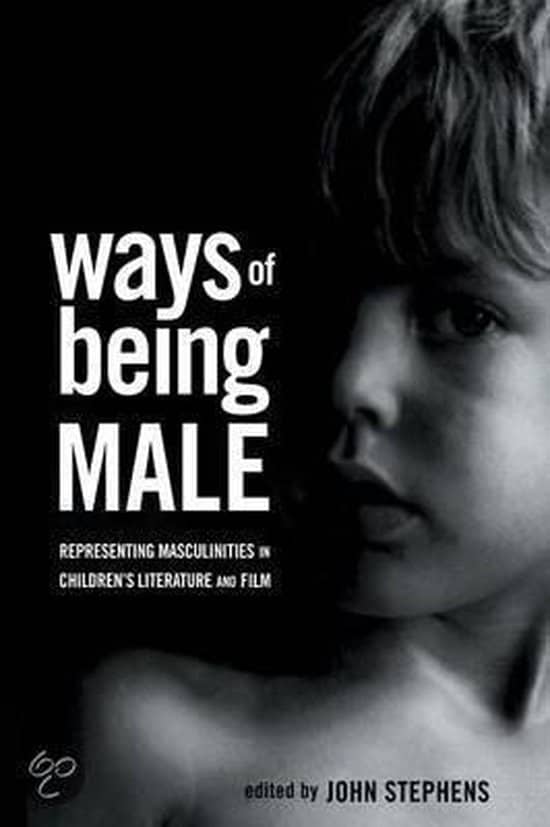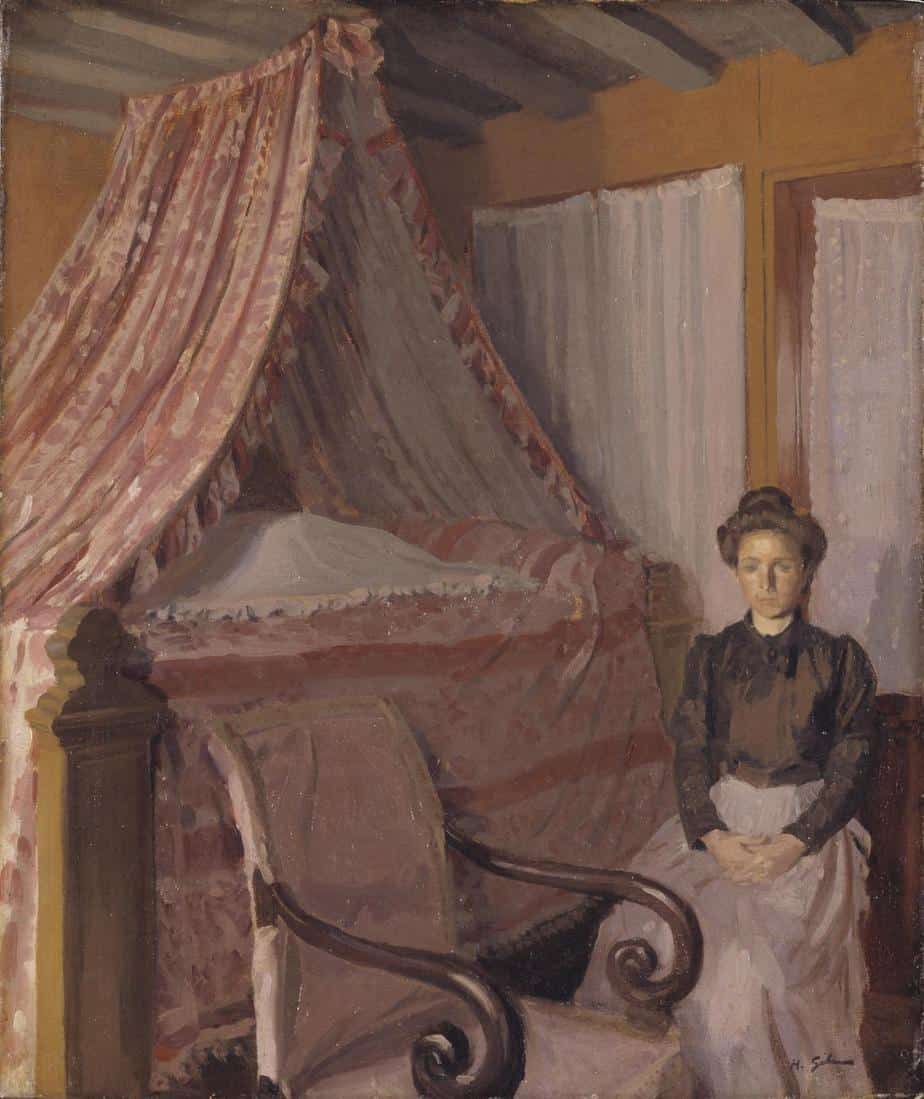“Mothers in the books were more likely than fathers to perform almost every nurturing behaviour, including verbal and physical expressions of love, encouraging, praising and listening,” the researchers write. Similarly, mothers outperformed fathers on every care-giving behaviour.
Gender stereotypes plague children’s picture books, from Salon
Mothers often appear at the beginnings of hero tales. They preside over the home which the hero leaves when he sets out on his quest, remaining there when he has gone. Sometimes they reappear at the end of the story to welcome him home. These mothers are invariably good, nurturing, sometimes almost saintly. They are the presiding spirits of the domestic sphere…The stereotype of the gentle mother content with her role in the home is, of course, not restricted to hero tales. It is widespread in advertising and it abounds in children’s literature of all kinds, functioning as a powerful tool of social conditioning. In 1992 a random selection of 282 children’s picture books published since 1970 revealed that 62 per cent of the mothers in these books were depicted in a purely homemaking role, with another 29 per cent in an indeterminate role. Only 9 per cent were shown in professional or professional/home-making roles, despite the fact that 1986 Bureau of Statistics figures showed that almost half the married mothers in Australia were employed. Interestingly, 36 percent of the home-making woemn in these books were depicted wearing aprons. Earlier studies had shown this badge of domestic servitude to be rampant in children’s picture books and while this study revealed some lessening of the phenomenon it was still quietly flourishing.
Deconstructing The Hero by Marjery Hourihan, referencing The image of mothers in contemporary children’s picture books by Gillian Tunstall
I was called a misogynist because I was reducing women to mothers. ‘Reducing women to mothers’ — now there is possibly the most anti-women statement I’ve heard.
Steven Moffat
This is not surprising when the general message is still that parenting is for women. Even large media outlets such as CNN are busting out with headlines such as The 7 kids’ health myths every mom should ignore, which manages to ignore theh fact that dads might also need to ignore health myths, because dads are parents too. Salon has been interested in this issue for a while now, and also published a piece called: The Times thinks dads are just baby sitters. A flipside of this attitude is that women and men feel as though they are judged differently on their parenting skills: You know there’s still a double-standard for fathers and mothers when a man who can change a diaper is hailed as a hero from The Guardian. Australia is currently talking a lot about parenting in the lead up to the election, but it’s being framed as a women’s issue. Apparently French fathers don’t change nappies.
The links could go on and on.
Back to picture books, I was already aware of these issues when I wrote and illustrated Midnight Feast, and it was a deliberate decision to have Roya and Afya’s father involved in the bedtime routine. As the evening of the Midnight Feast progresses, it was a deliberate decision on my part to have the mother step down. While the father suggests party games, the mother reads her own book and talks on the phone. I ended up mindful of the fact that as the mother, this character would be judged more harshly unless she reappeared at bedtime the following night, saying ‘Goodnight’ alongside the father.
I still look at Midnight Feast and see a gendered society in action: It is the father who asks the mother about food, assuming that women are responsible for the household catering. In the morning, it is the father who is dressed in a dress-shirt and tie, presumably off to a middle-class job.
I considered reversing that, too. And now I’d like to explain why I didn’t: Because in the limited space of a picturebook, illustrators need to rely on certain stereotypes, or risk confusing the reader. The father’s necktie is designed to represent middle-class employment. This is important to the storyline because the message is that hunger may eventually affect even the middle classes of rich countries. Sometimes women wear uniforms to work — there’s no doubt I could have had the mother hungry, asking the father for food. I could have had the mother dressed in a work uniform with the father making the sandwiches for his daughters. And I’m looking forward to the day when I can do this without even thinking of it as a transgressive act against gender norms.
Small steps in the transgressive direction. I think we should all aim for that.
Related: Does Biology Determine Gender Roles? New Study Says It’s a Numbers Game from Dads and Families
Header painting: French Interior c.1907 Harold Gilman 1876-1919

Given the substantial impact of feminism on children’s literature and culture during the last quarter century, it comes as no surprise that gender studies have focused predominantly on issues of female representation. The question of how the same patriarchal ideology structured representations of male bodies and behaviors was until very recently a marginal discussion. Now that masculinity has emerges as an overt theme in children¿s literature and film, critical consideration of the subject is timely, if not long overdue Ways of Being Male addresses this new concern in an unprecedented collection of essays examining how contemporary debates about masculinity are reflected in fiction and film for young adults. An outstanding team of scholars elucidates the ways in which different versions of male identity are constructed and presented to young audiences. The contributors, drawn from a variety of academic disciplines, employ international discourses in literary criticism, feminism, social sciences, film theory, psychoanalytic criticism, and queer theory in their wide-ranging exploration of male representation. With its illuminating array of perspectives, this pioneering survey brings a long neglected subject into sharp focus.

